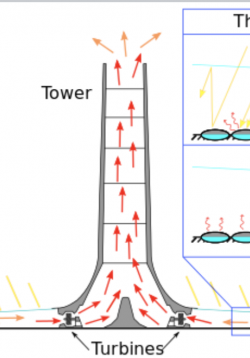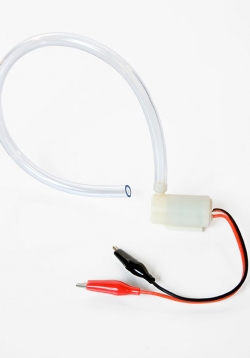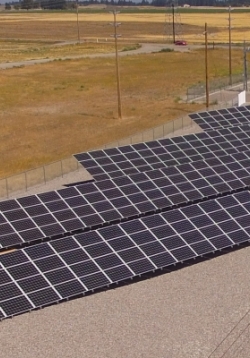How to Measure Output of Solar Modules
Students will measure output from solar module before a load is attached and relate it to real world output. They will make these measurements using a multimeter and be able to determine the optimal angle at which their module generates a current flow....







